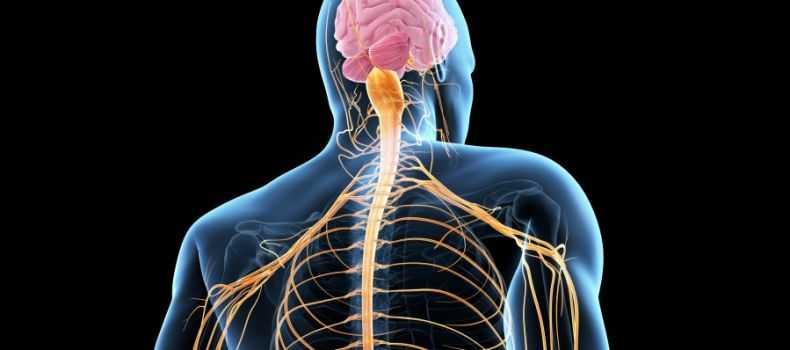The Autonomic Nervous System
The autonomic system controls aspects of the body that are usually not under voluntary control. The autonomic system is divided into two branches:
- Parasympathetic system: It helps maintain normal body functions and conserve physical resources. Once a threat is over, this system will slow the heart rate, slow the breathing, reduce blood flow to muscles, and constrict the pupils.
- Sympathetic system: This system prepares the body to expend energy to respond to environmental threats - the flight or fight response.
48
184 reads
CURATED FROM
IDEAS CURATED BY
The idea is part of this collection:
Learn more about health with this collection
Conflict resolution
Motivating and inspiring others
Delegation
Related collections
Similar ideas to The Autonomic Nervous System
Panic And The Autonomic Nervous System (ANS)
The Autonomic Nervous System (ANS) region of the brain is activated during a panic attack, and two opposing components get to work as needed:
- The Sympathetic Nervous System: Releases adrenaline and other hormones to help with the ‘fight or flight’ re...
What happens during the fight or flight response
In response to acute stress, the body's sympathetic nervous system is activated by the sudden release of hormones.
- After the threat is gone, it takes between 20 to 60 minutes for the body to return to its pre-arousal levels.
Physical signs...
The nervous system
- It is a complex collection of nerves and specialized cells known as neurons that transmit signals between different parts of the body. It is essentially the body's electrical wiring.
- Structurally, the nervous system has two components: the central nervous sys...
Read & Learn
20x Faster
without
deepstash
with
deepstash
with
deepstash
Personalized microlearning
—
100+ Learning Journeys
—
Access to 200,000+ ideas
—
Access to the mobile app
—
Unlimited idea saving
—
—
Unlimited history
—
—
Unlimited listening to ideas
—
—
Downloading & offline access
—
—
Supercharge your mind with one idea per day
Enter your email and spend 1 minute every day to learn something new.
I agree to receive email updates

